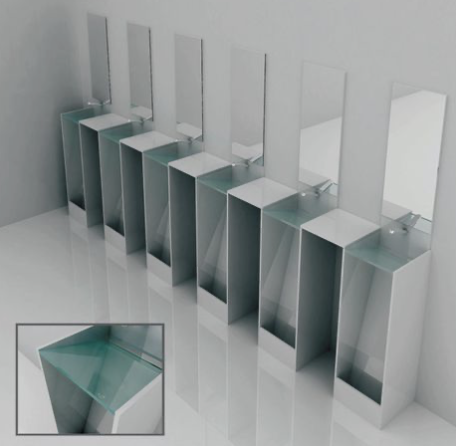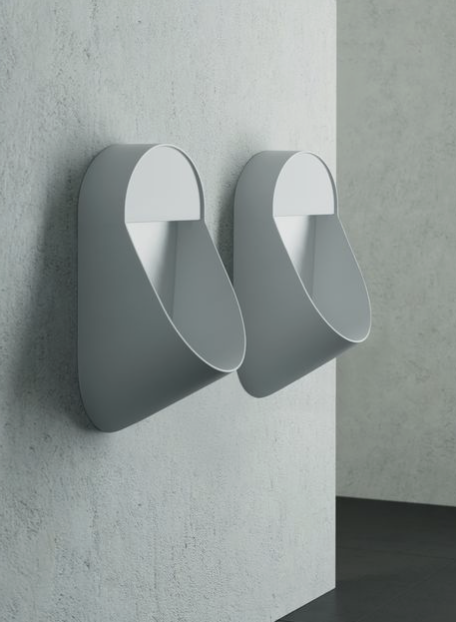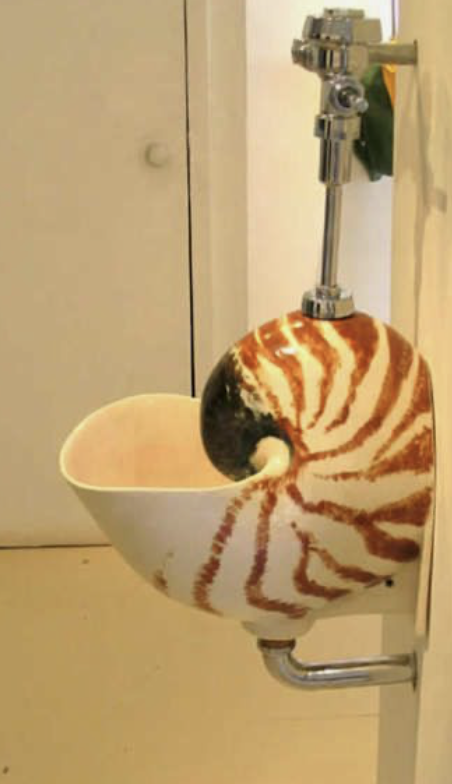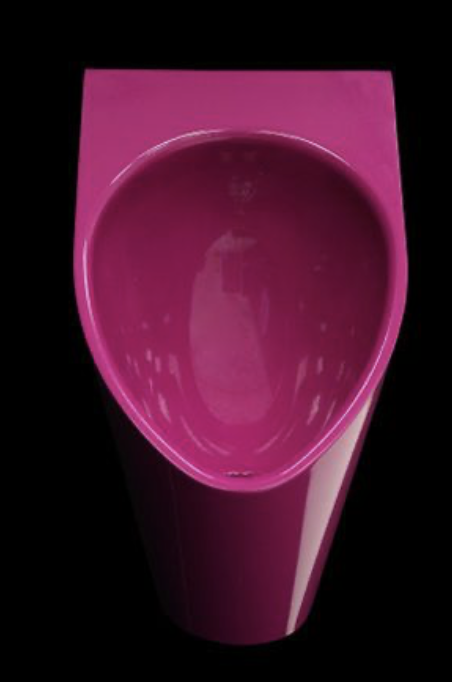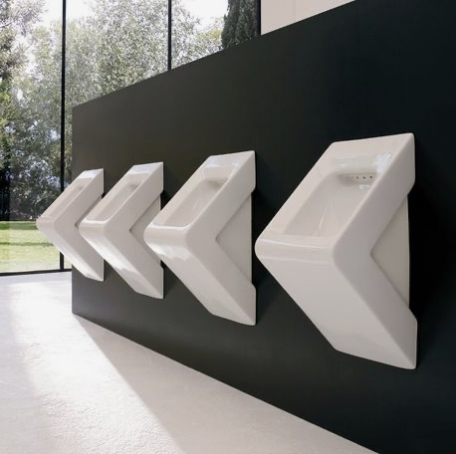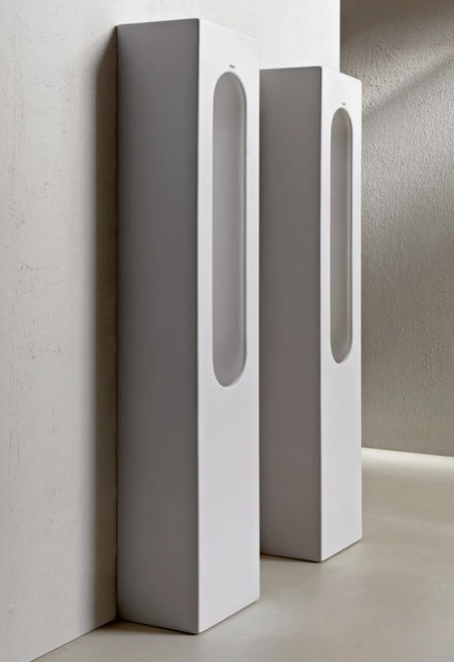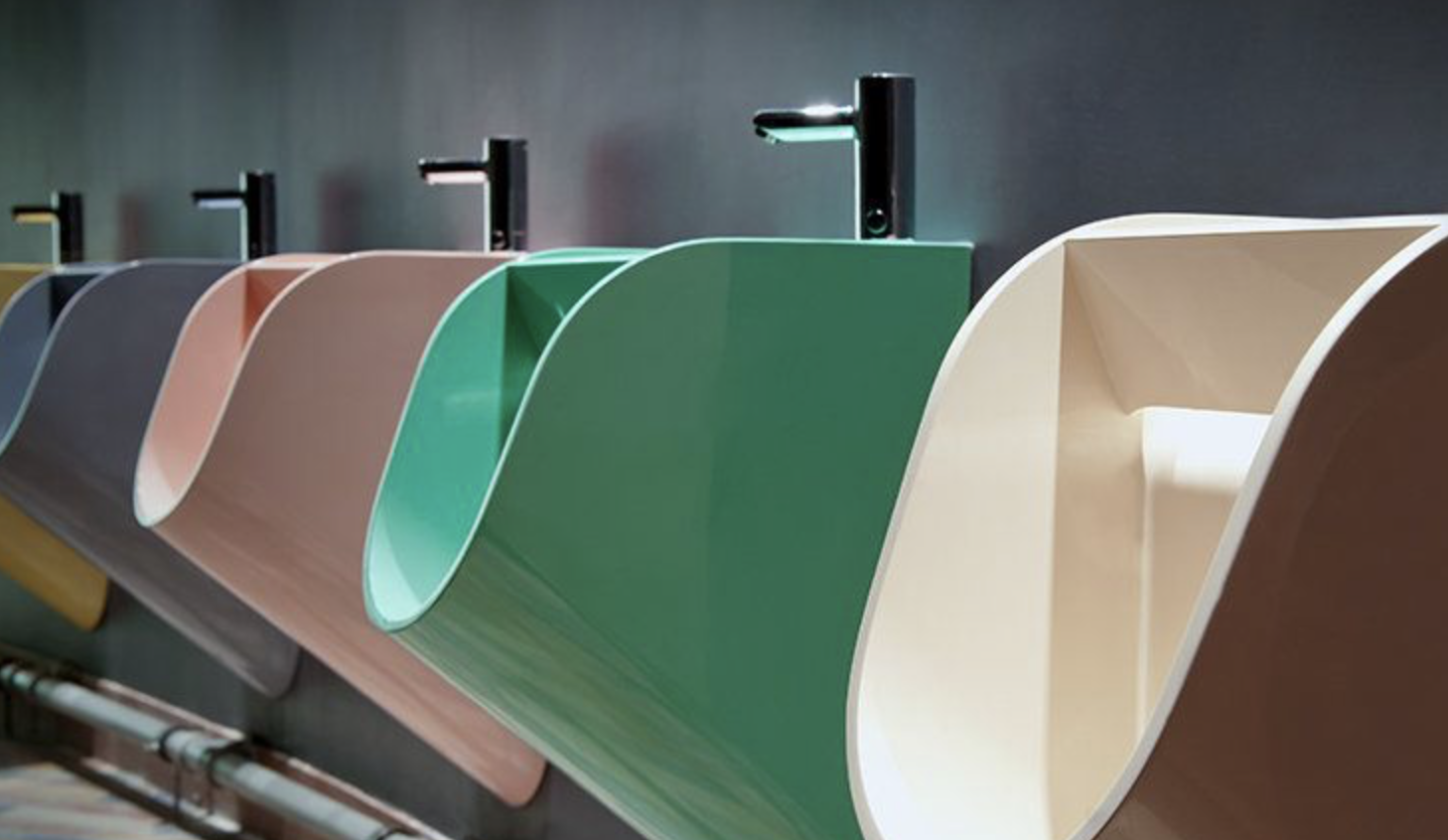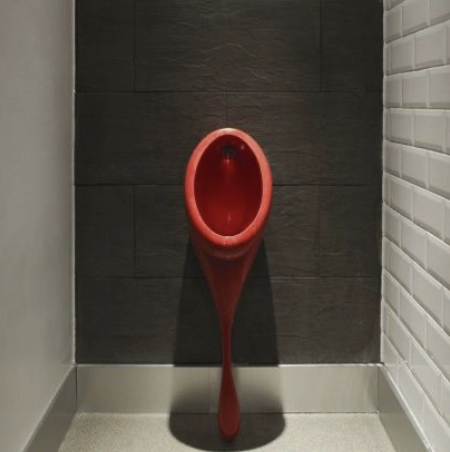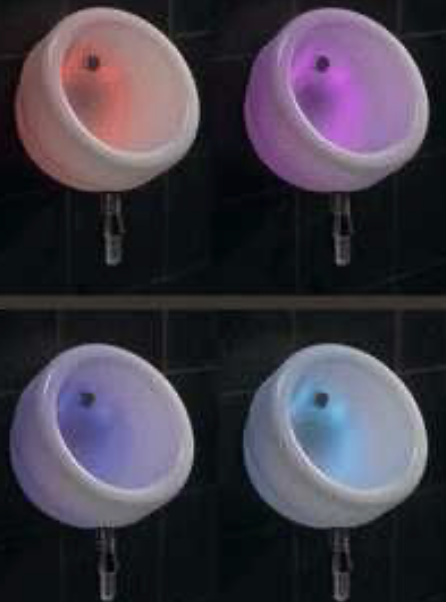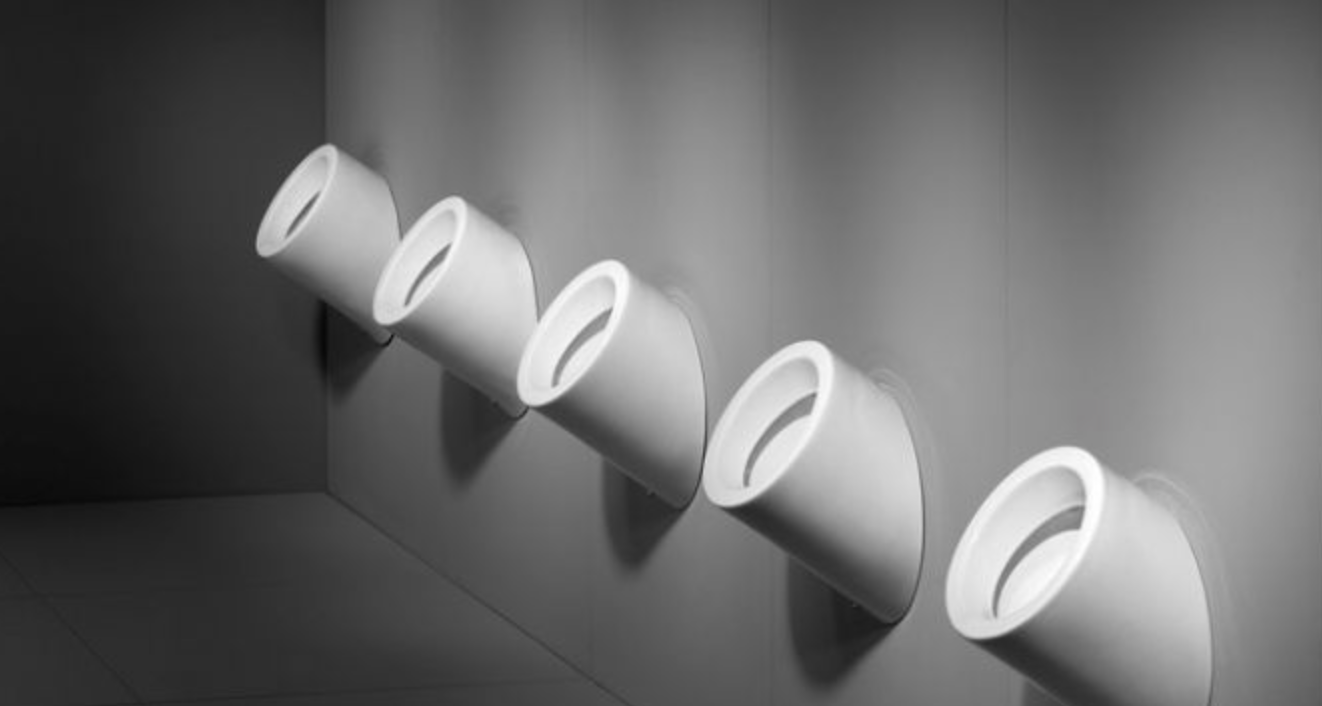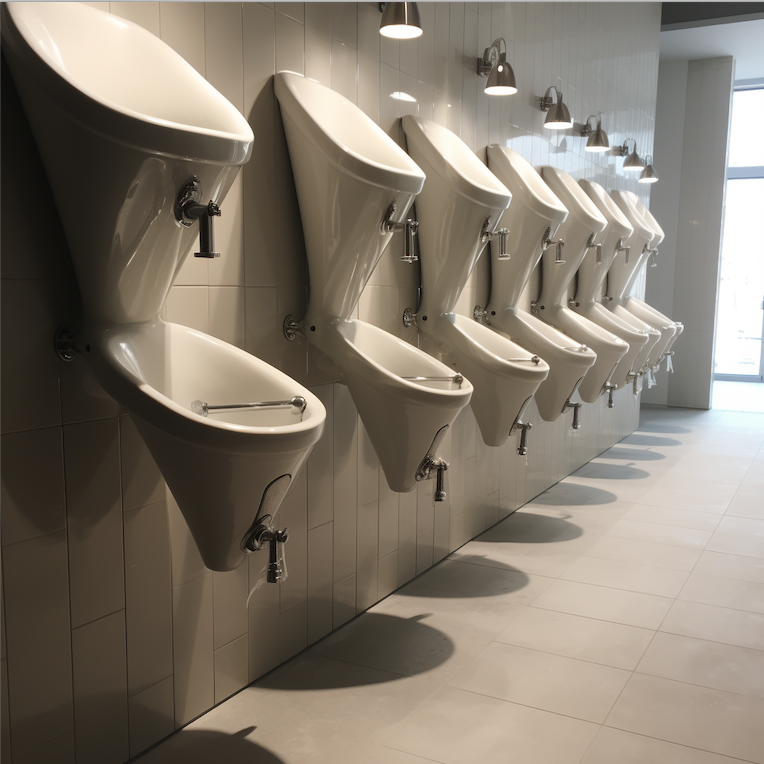
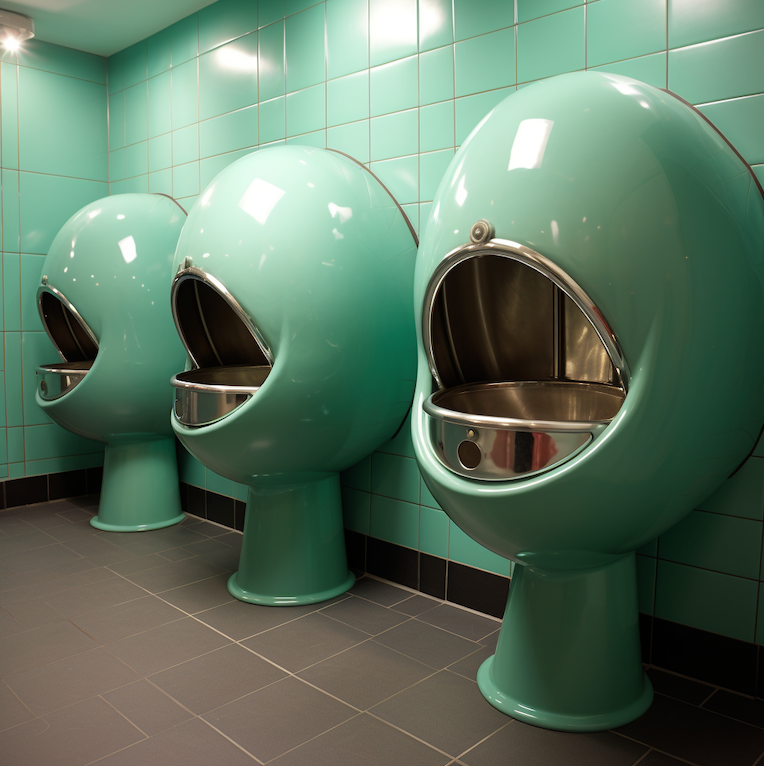
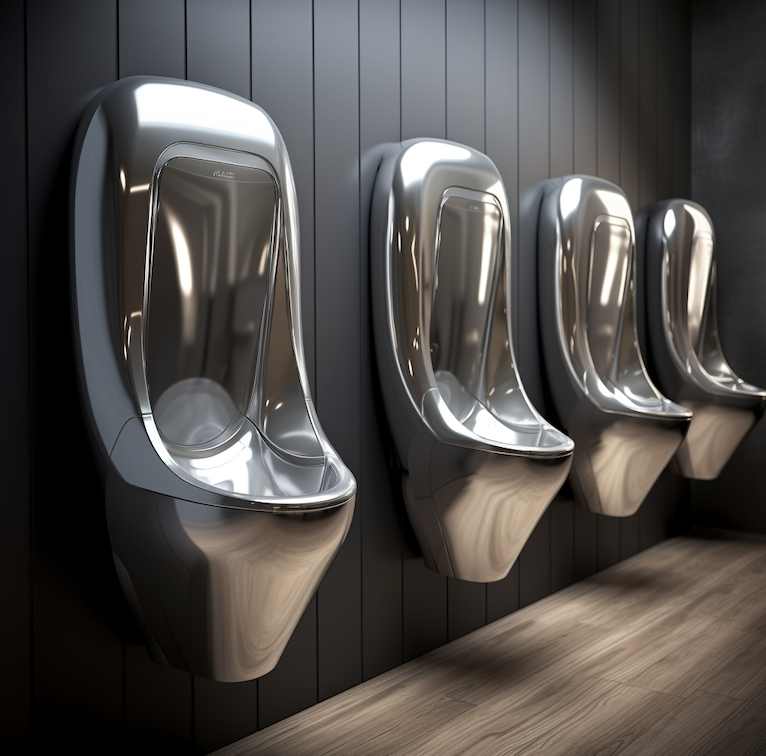
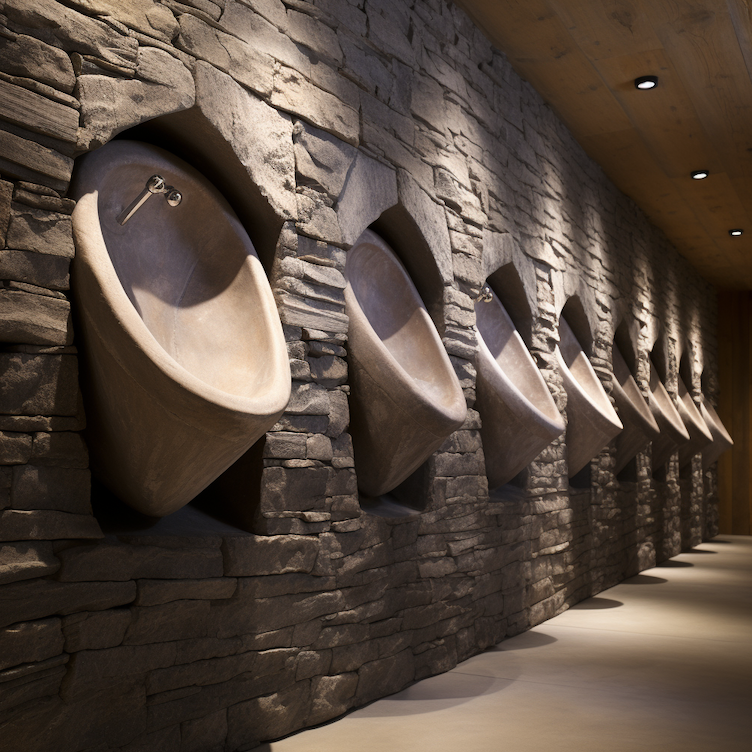
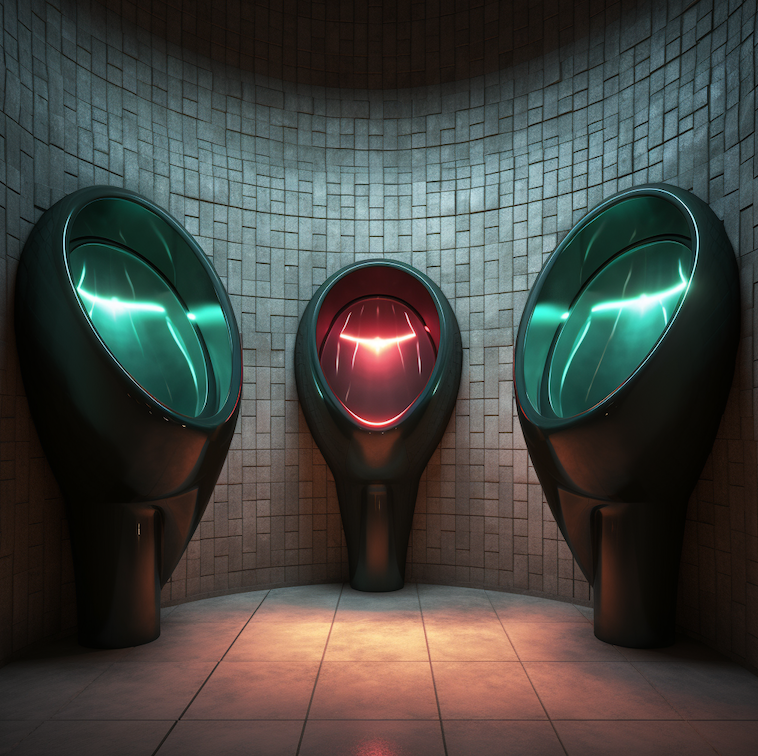
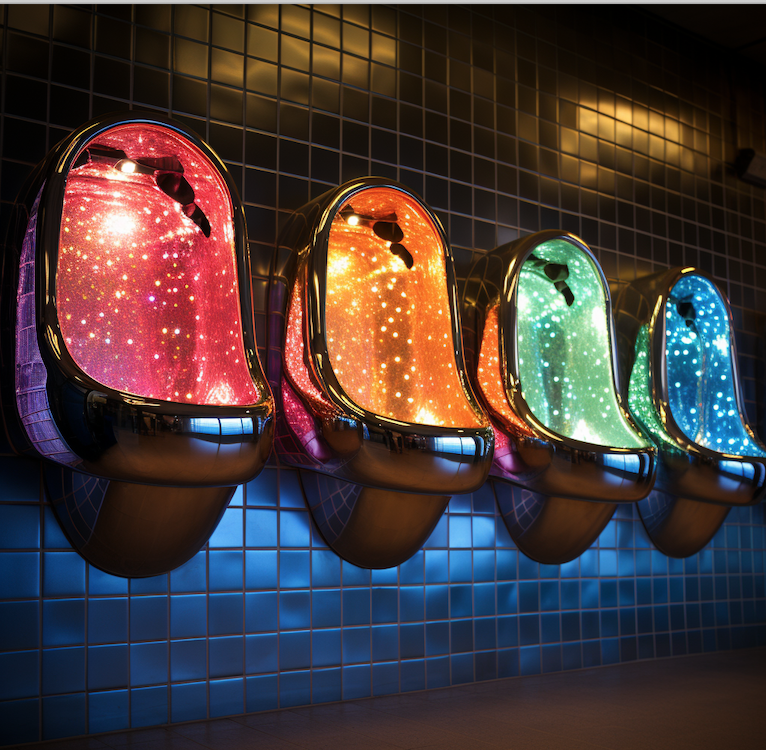
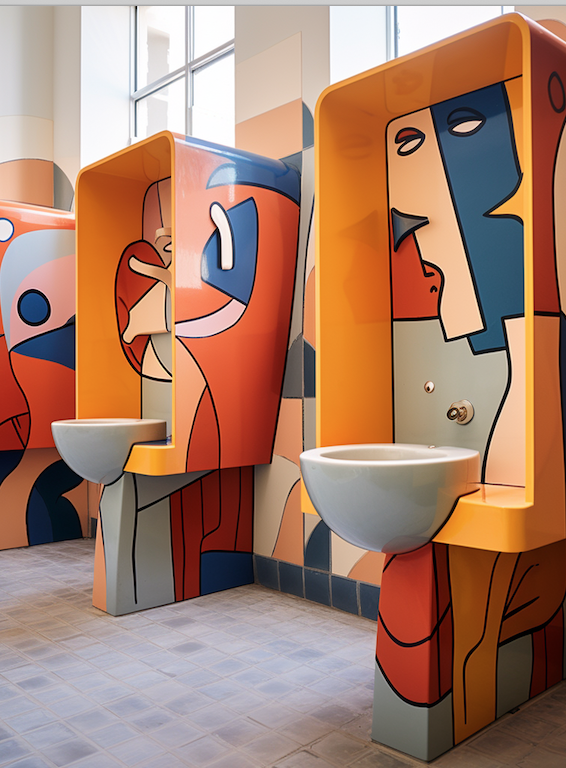
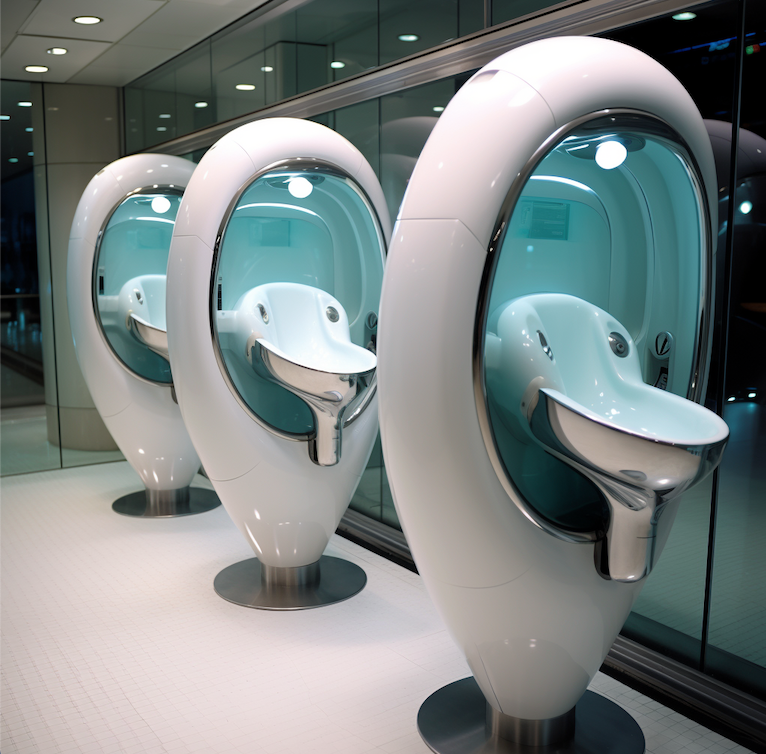
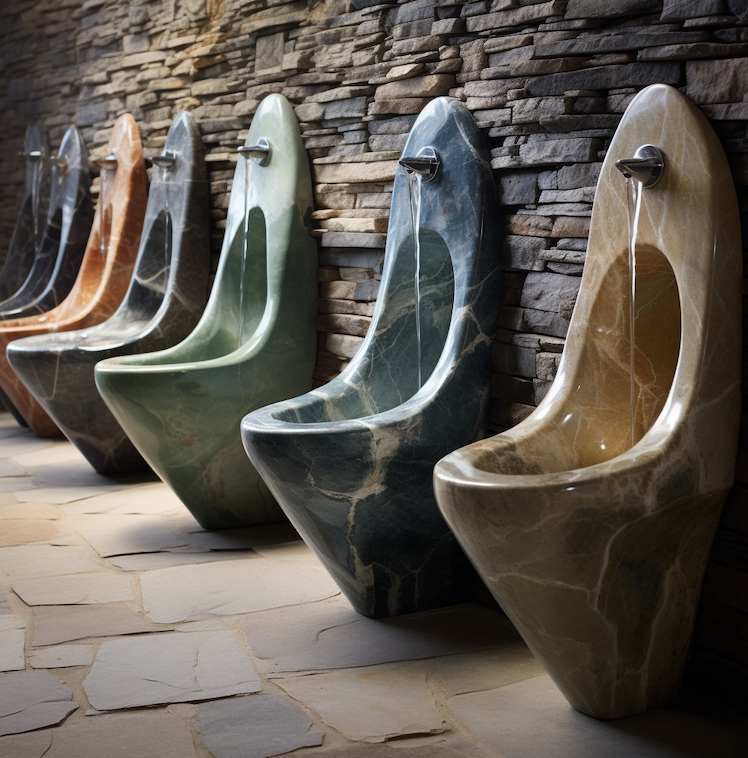
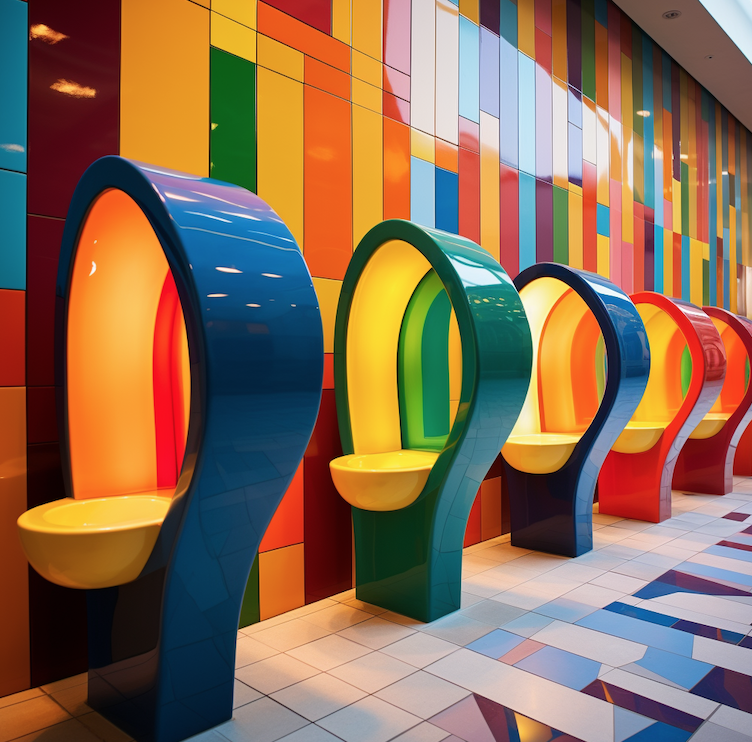
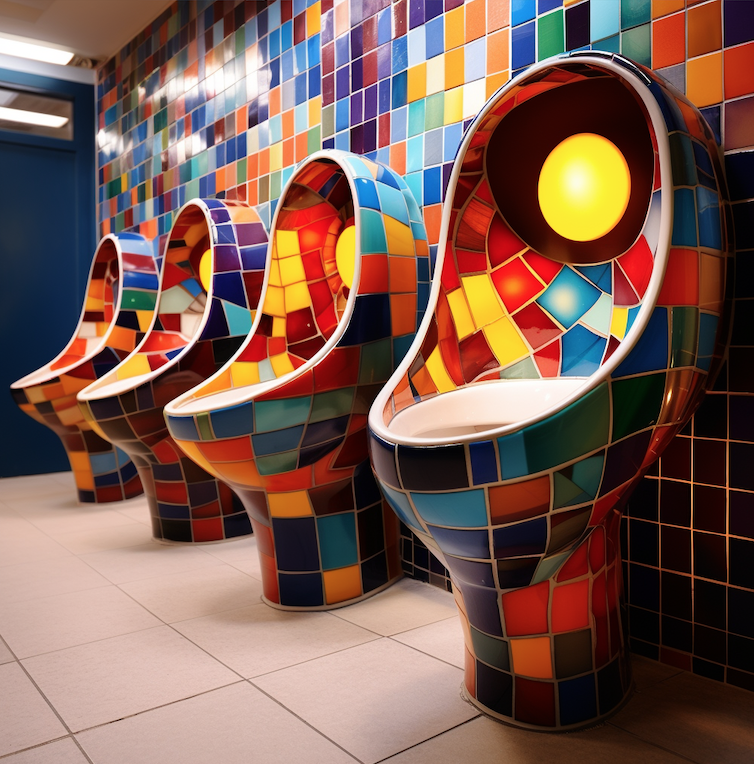
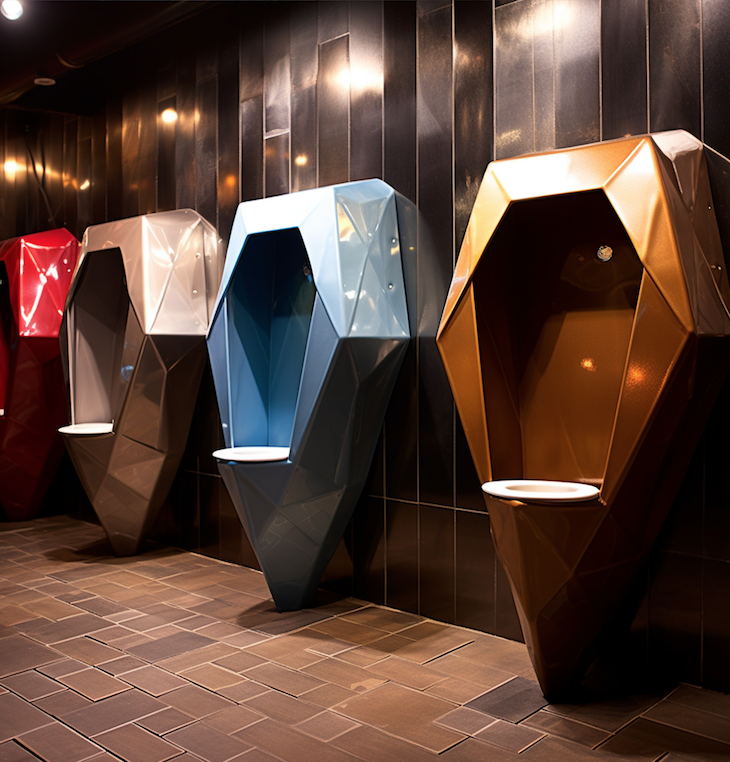
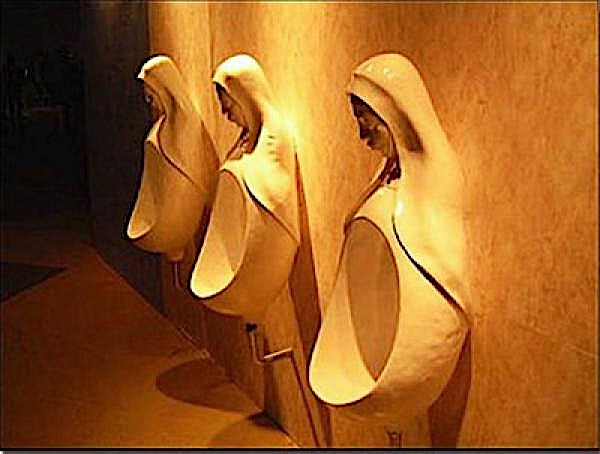
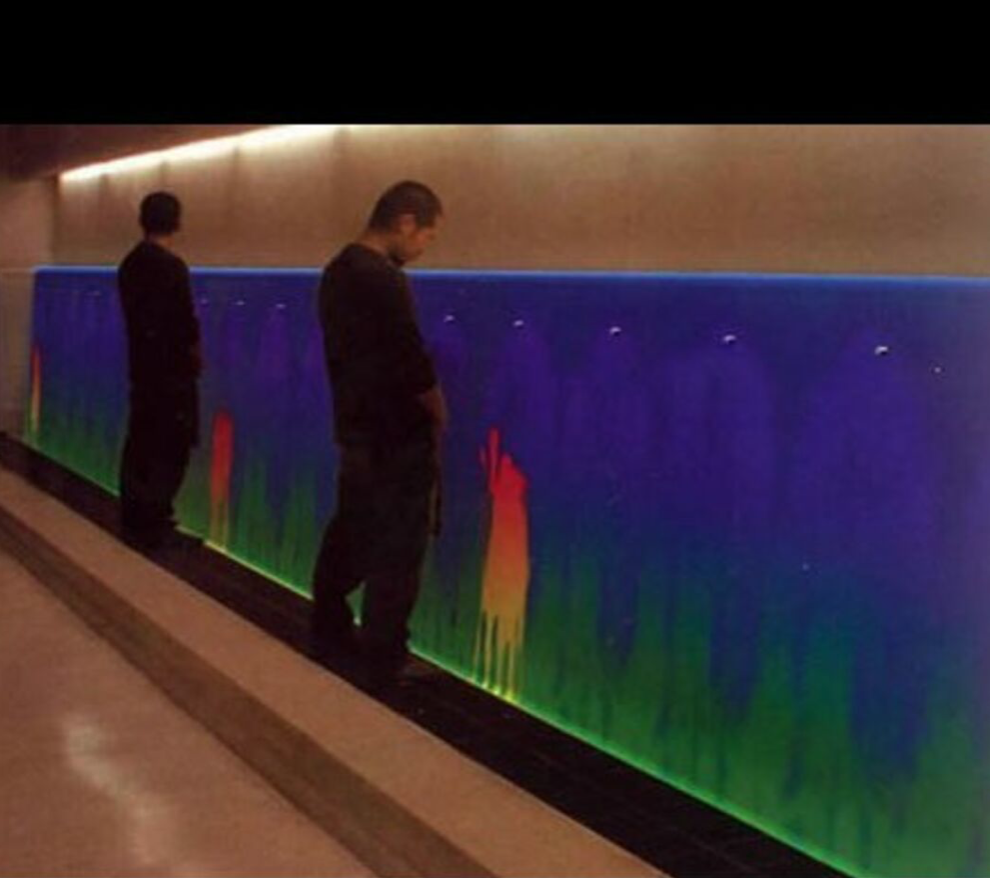
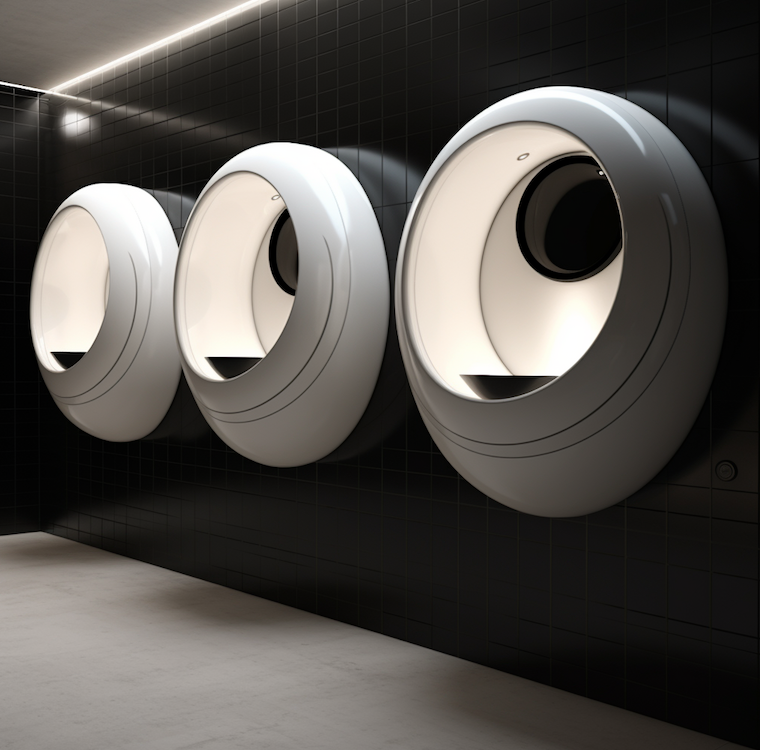
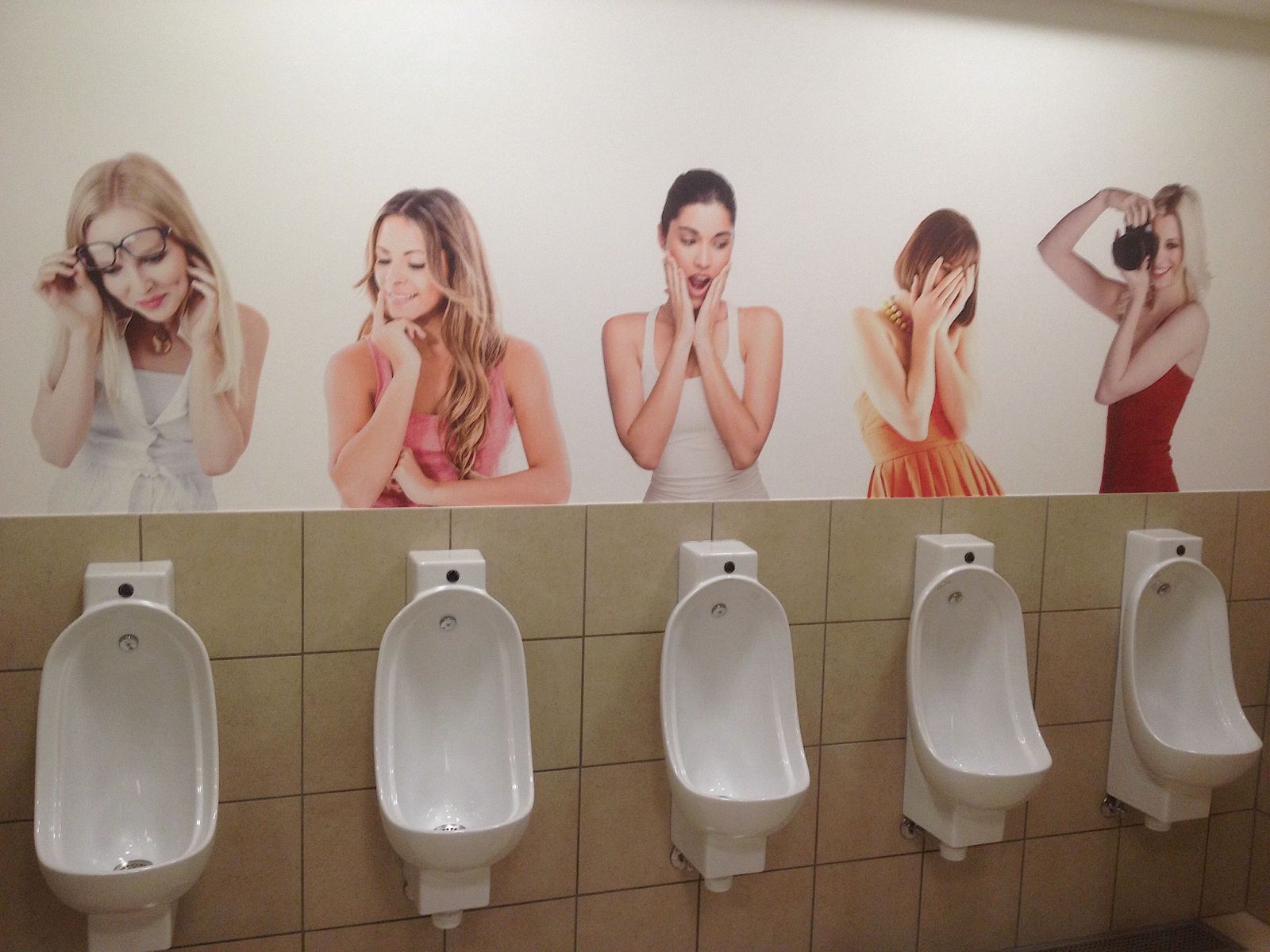
FROM FUNCTIONAL TO FASHIONABLE
Urinals have undergone a substantial transformation over the centuries. The Romans had public toilets resembling urinals as a basic waste disposal method. Fast forward to today, and they have transformed into sophisticated fixtures that prioritize hygiene, water conservation, and inclusive design.
Urinals have evolved to incorporate water-saving features, improved flushing mechanisms, and materials that resist staining and odours. They are commonly found in public restrooms, particularly in male facilities. They're also used in private homes, sports facilities, entertainment venues, and commercial spaces.
In recent years, there has been a particular focus on water conservation in urinal design. Waterless urinals and low-flow urinals use minimal water or alternative technologies to reduce water usage. The most recent urinal designs consider accessibility and gender-neutral facilities. Some designs aim to make urinals more accessible to individuals with disabilities or to people of all genders.
Modern urinal design has also seen creative innovations in terms of shape, materials, and integration with overall restroom aesthetics. Never before has there been so many stylish and efficient ways to answer nature’s call.
